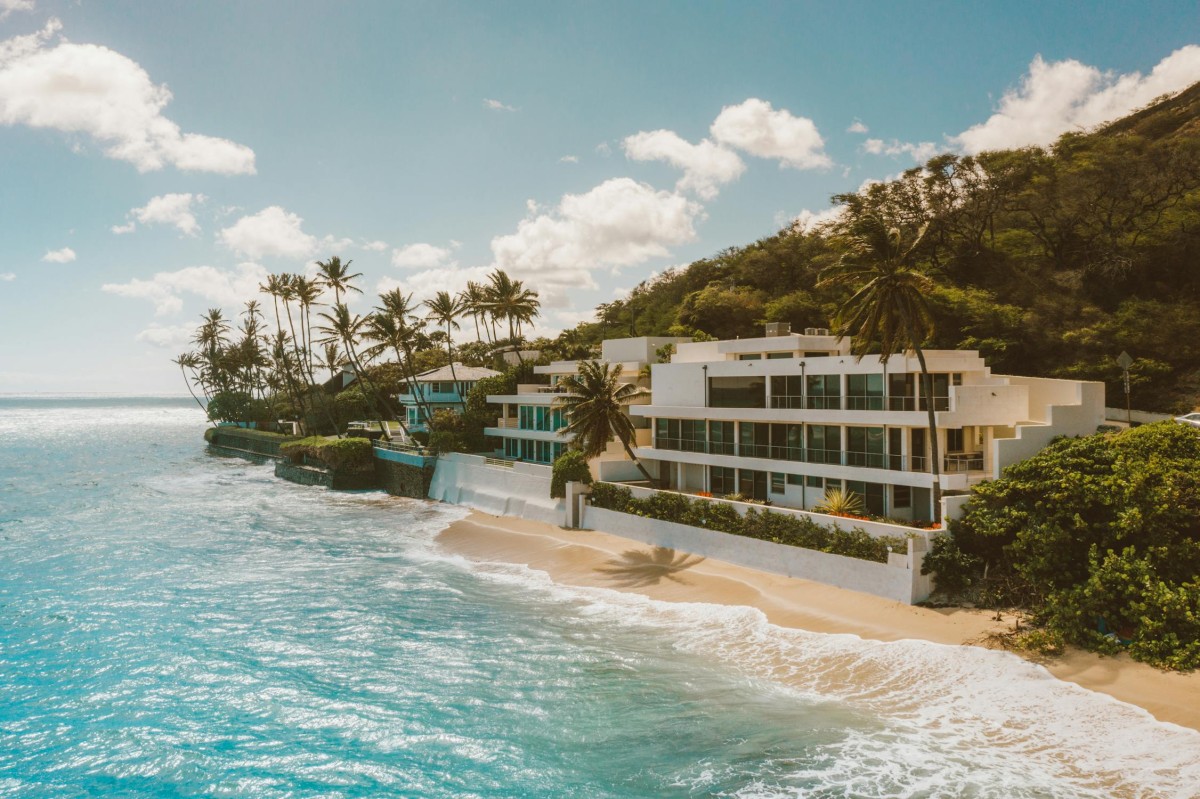
It has always been said that buying your first home is one of the most difficult life decisions. Knowing where you want to live, the property's layout and the area are factors to be taken into account. However, according to the experts, it is a decision that is made at a time of need. This is not the case with second homes: the decision is meditated, but a little less so, and that awakens a need when summer is on the horizon. According to sources consulted by idealista/news, buying a second home is slow, as it is not urgent, and requests reach a peak between the end of winter and spring.
According to the experts, a great deal of interest in buying second homes is expected thanks to the progress being made in the residential sector in the first few months of 2024. "We are noticing significant buying activity during the first quarter of the year, as well as the launch of new residential projects nationwide. All of this means that demand continues to be very active," explains CBRE's Sales Director for New Developments in Spain, Carlos Almeida.
"At the beginning of the year, we expected housing demand to go from strength to strength, gaining traction as lower mortgage rates were confirmed and the economy's growth picked up. Specifically, we expected a fall in transactions of around 11% by 2024, with 566,000 homes sold. However, the first months of the year show a slightly more dynamic demand than we initially expected. In any case, the residential market will not behave in the same way in all locations in Spain, mainly due to demographic and macroeconomic factors. The provinces with the highest expected population growth over the next five years will have the most positive outlook (the islands, Alicante, Malaga, Madrid and Barcelona) in terms of demand and prices," adds Almeida.

And while buyers have not lost interest in residential in the first months of the year, with summer just around the corner, the theory is that second homes will add to this good performance, but is this really the case? For Pelayo Barroso, National Director of Savills Research, the interest in buying second homes is something very meditated and is not necessarily focused on the spring and summer months. Although there is a general increase in the purchase of holiday homes, this phenomenon is not limited to a specific time of year.
CBRE's Sales Director for New Developments in Spain points out that the demand for second homes is constant throughout the year, although there is an upturn during holiday periods. He highlights a significant increase in the number of transactions, especially from the international public, which exceeds 30% in some areas of the country.
In line with previous comments, Antonio de la Fuente, Managing Director of Corporate Finance at Colliers, points out that property sales in tourist destinations such as the Costa del Sol are highest from March to October. This year, this trend is continuing, showing continued interest in buying second homes.
Ricardo Sousa, CEO of real estate company Century21 Spain, stresses that while many would expect a peak in transactions during the summer months, in reality, second home purchases tend to be more prevalent in autumn, winter and spring. This observation highlights the importance of considering personal needs when making real estate decisions.
For François Carrierre, CEO of Coldwell Banker Spain, there has been a substantial increase in demand for second homes, especially driven by news that the Golden Visa programme in Spain is ending. This phenomenon reflects the continued attractiveness of the Spanish real estate market for foreign investors and those looking for a second home.
Jorge Henriquez, broker at RE/MAX Lanzagorta Group, notes that, although no significant increase in interest in second homes has been noted, the foreign buyer profile remains dominant in tourist areas. This suggests a steady and solid demand in these destinations, while Alfredo Milá, CEO of Sonneil, highlights the importance of the spring and early summer months as the strongest months for buying second homes, especially from Central European, Nordic and Eastern buyers. This increase in transactions reflects a renewed interest in the Spanish property market.

Carles Sala, lawyer and director of the Legal Department and spokesperson for the API (real estate agents) of Catalonia, agrees with the previous theory and highlights the renewed demand in coastal areas, especially in purchases made by foreigners. Although data is not yet available, it is expected that ending the Golden Visa will not significantly affect these transactions.
In summary, the second home market in Spain continues to be active and attractive to a wide range of both Spanish and international buyers. As the Spanish property market continues to evolve, interest in these properties seems to remain constant, regardless of the season.